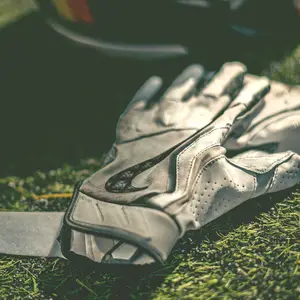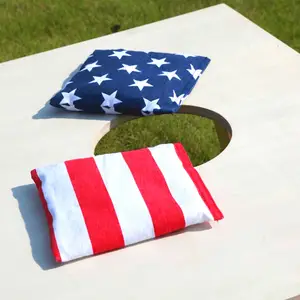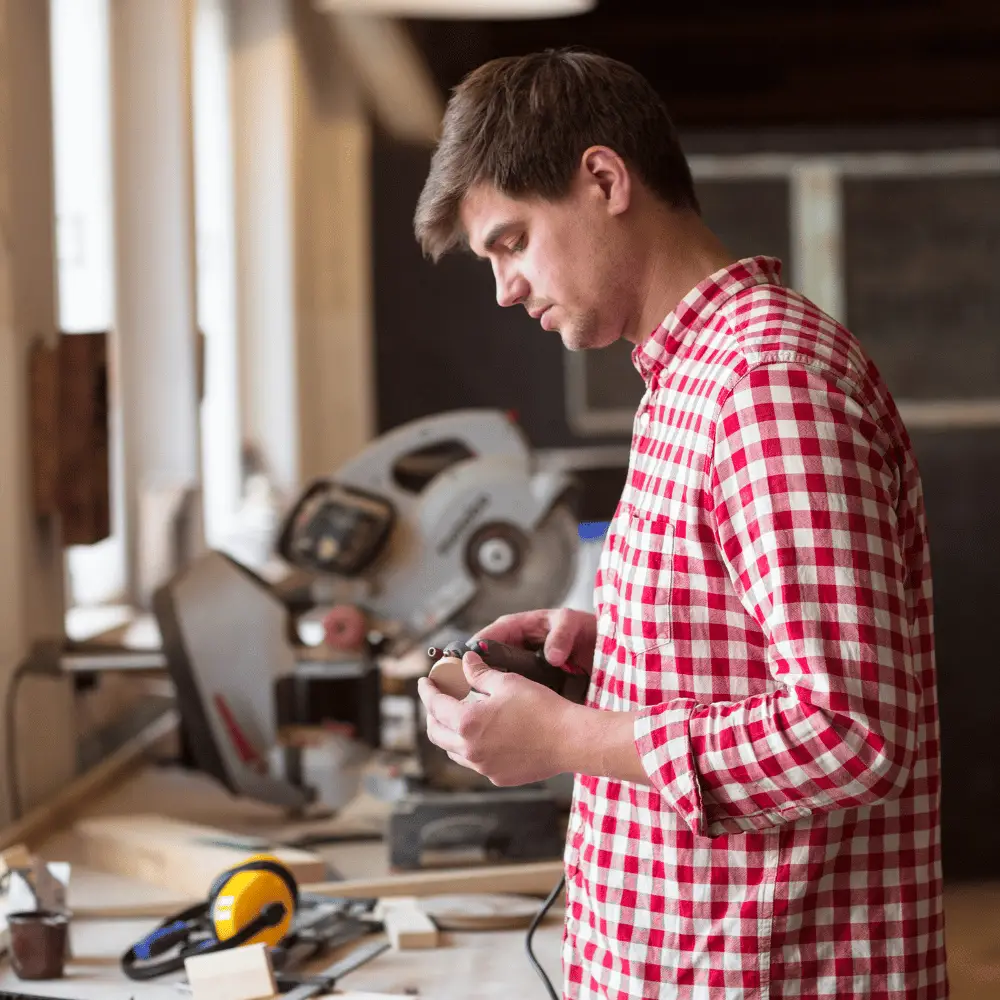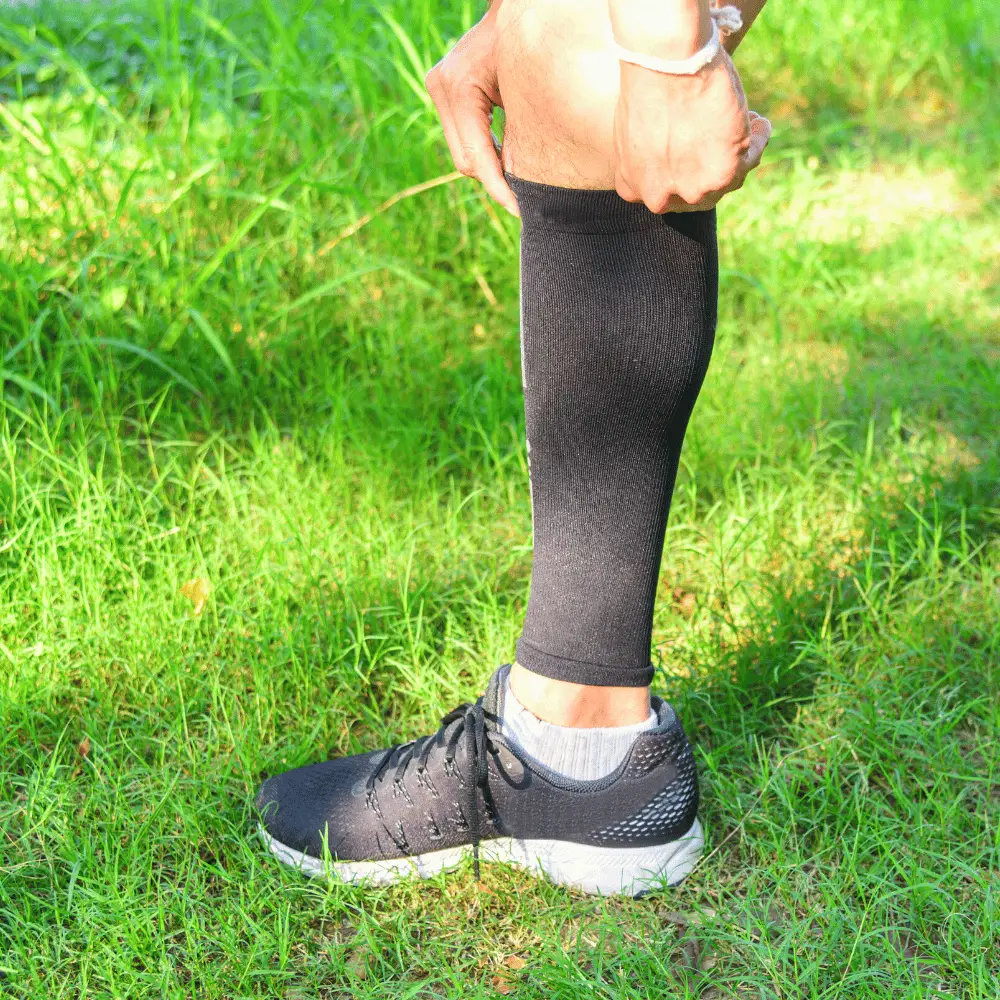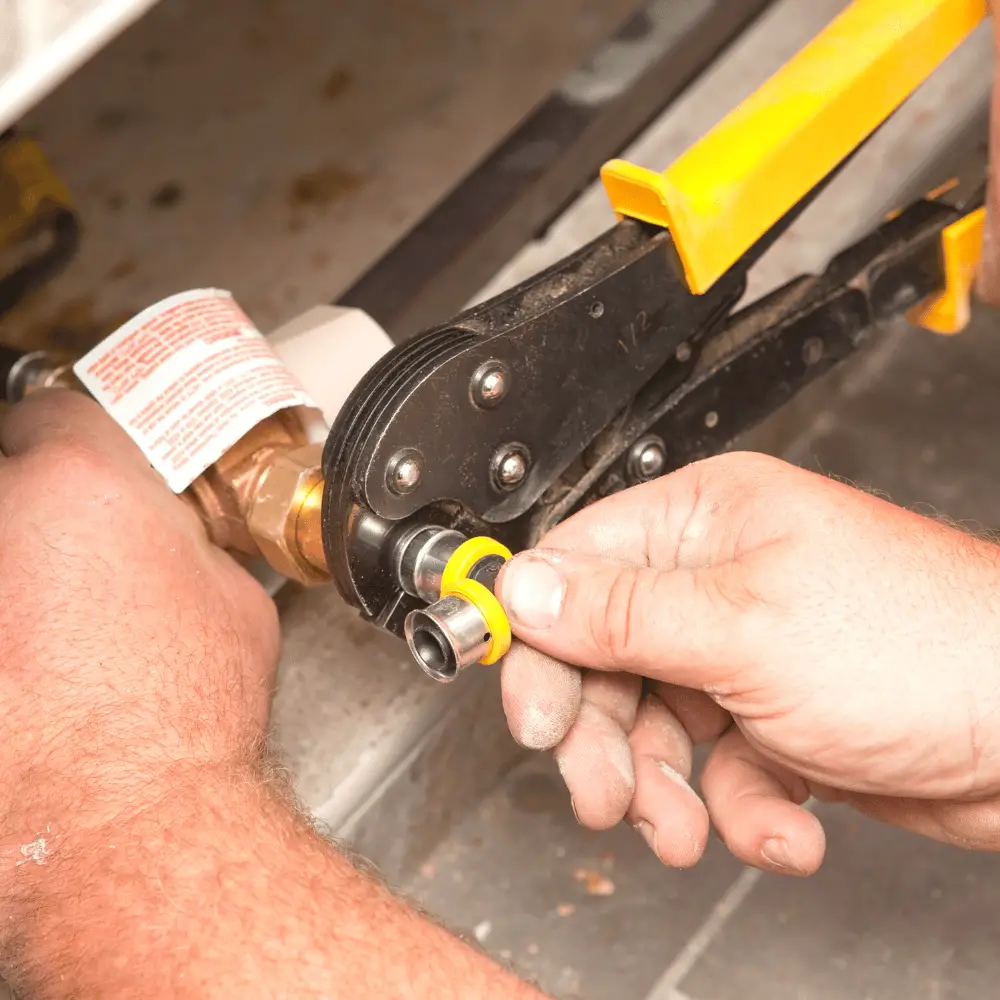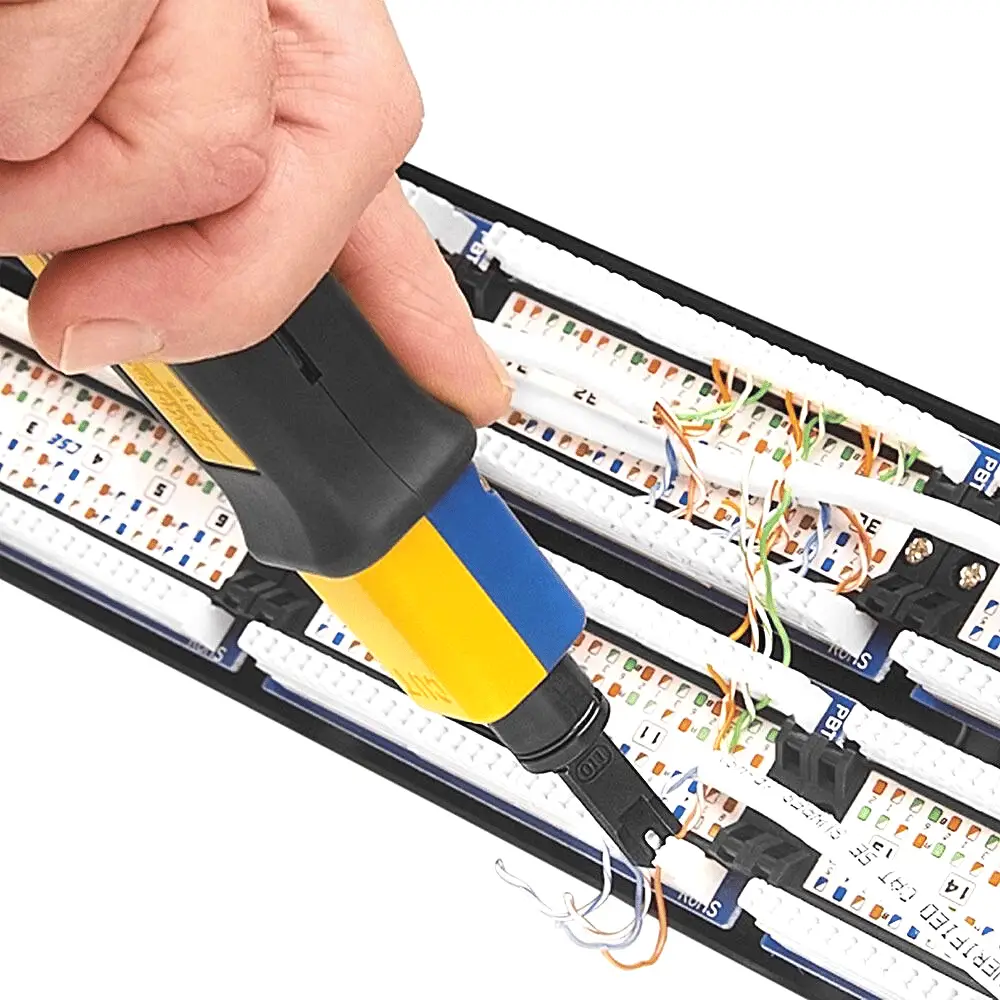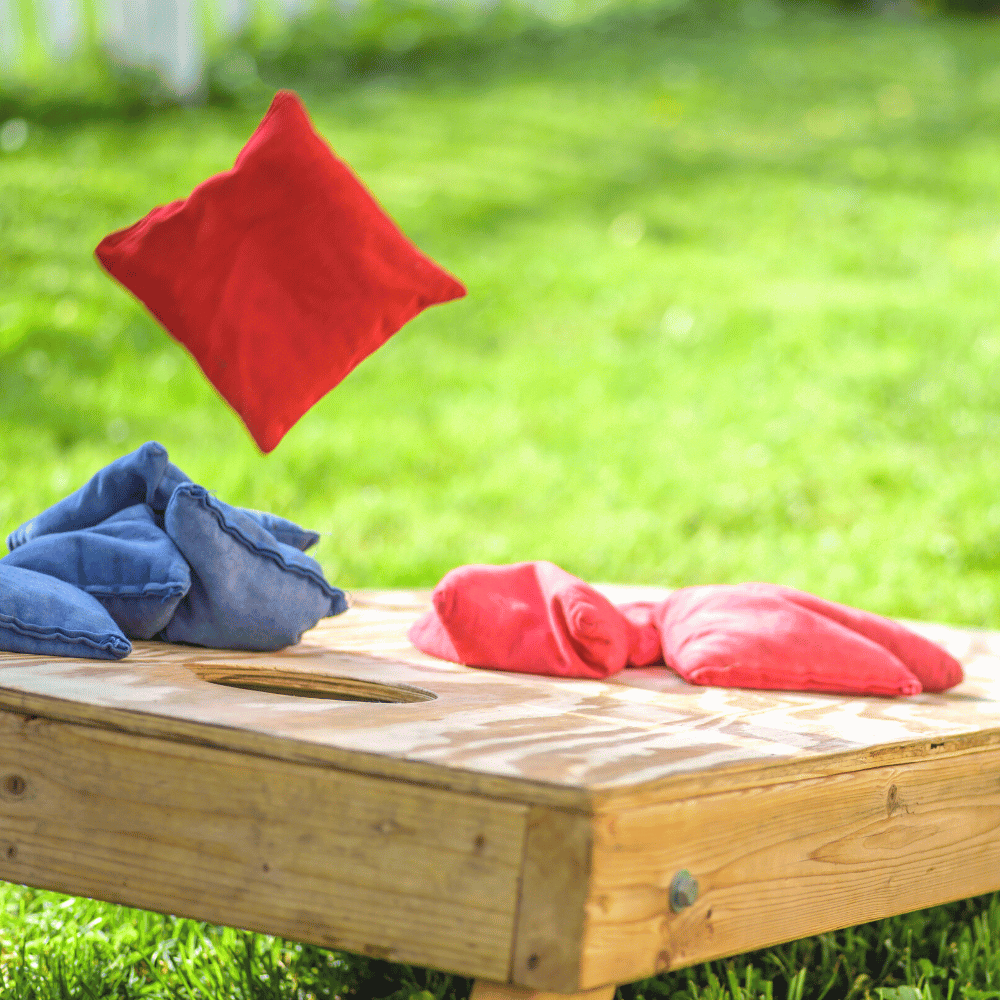Table of Contents
- Understanding the Basics of Microwaving Pottery
- Is Microwaving Pottery Safe?
- What Does 'Microwave-safe' Really Mean?
- Safety Precautions to Follow When Microwaving Pottery
- Quick Dos and Don'ts when Microwaving Pottery
Understanding the Basics of Microwaving Pottery
Microwaving pottery has become a popular method for heating or reheating food, but it is important to understand the basics to ensure safety and avoid damaging your pottery.
When microwaving pottery, it is crucial to use microwave-safe pottery or microwaveable ceramics. These are specially designed and manufactured to withstand the heat generated by the microwave without cracking or releasing harmful substances into your food. Look for labels or markings on your pottery that indicate it is safe for use in the microwave.
Before placing your pottery in the microwave, make sure it is clean and free from any metal accents or decorations. Metal can cause sparks and damage both the pottery and the microwave itself. Additionally, avoid using glazed or painted pottery that contains lead-based materials as these can leach into your food when heated.
When microwaving pottery, it is recommended to use low-to-medium power settings to prevent overheating. Avoid prolonged microwaving sessions as this can cause uneven heating and potentially damage the pottery.
Always use caution when handling microwaved pottery as it can become hot during the heating process. Use oven mitts or pot holders to protect your hands from burns.
By understanding these basic guidelines, you can safely enjoy using your microwave for heating or reheating food with your favorite microwave-safe pottery.
Is Microwaving Pottery Safe?
In short, yes, it is safe to microwave pottery. However, it is important to be mindful of how you use it as not all pottery is created equal and not all pieces can be safely microwaved. If you want to microwave pottery, make sure that it is labeled as "microwave-safe" or "dishwasher-safe" on the bottom of the piece.
This indicates that the material has undergone testing and has been confirmed as safe for use in microwaves and dishwashers. It also guarantees that the glaze applied to the piece does not contain any lead or other harmful substances that could be released into your food when heated in a microwave.
What Does 'Microwave-safe' Really Mean?
Once you have confirmed that your pottery is microwave-safe, you can start cooking with it! However, please keep in mind that ceramic cookware should never be exposed to temperatures exceeding 250 degrees Fahrenheit (121 Celsius).
Anything higher than this temperature may cause cracking or even shattering due to thermal shock. Therefore, it is important to ensure that your food is not too hot when transferring it from the stovetop or oven to your ceramic cookware.
Additionally, if your ceramic cookware becomes cracked or chipped over time due to wear and tear, it is important to throw it out immediately. This is because shards of glass could potentially fly off during heating and become embedded in food, which poses a safety hazard.
Safety Precautions to Follow When Microwaving Pottery
When it comes to microwaving pottery, it is important to follow certain safety precautions to avoid any potential risks. One of the main concerns is thermal shock, which can occur when there is a sudden and drastic change in temperature, causing the pottery to crack or shatter. To prevent this from happening, here are some safety tips to keep in mind:
- Choose microwave-safe pottery: Before microwaving any pottery, make sure it is labeled as microwave-safe. This ensures that the material used can withstand the heat and won't be damaged during the process.
- Avoid metallic or embellished pottery: Pottery with metallic accents or embellishments should not be microwaved as they can cause sparks and damage both the pottery and the microwave.
- Use microwave-safe covers or lids: When heating food in pottery dishes or pots, use microwave-safe covers or lids to prevent splatters and retain moisture. These covers help distribute heat evenly while protecting your pottery from direct exposure.
- Gradually increase heating time: To avoid thermal shock, it's important to gradually increase the heating time for your pottery. Start with shorter intervals and gradually increase them until reaching the desired temperature.
- Allow for cooling time: After removing your pottery from the microwave, allow it to cool down before handling it further. This helps prevent burns and reduces the risk of thermal shock when placing hot ceramics on a cold surface.
By following these safety precautions, you can enjoy using your favorite pottery safely in the microwave without worrying about damaging your dishes or compromising their integrity due to thermal shock.
Quick Dos and Don'ts when Microwaving Pottery
- Do: Check for microwave-safe labels on the bottom of the pottery.
- Do: Use only pottery that is specifically designed for microwave use.
- Don't: Microwave delicate or hand-painted pottery.
- Don't: Use metallic or gold-plated pottery in the microwave.
If you're making your own pottery, be sure to check out our latest article below about the best pottery trimming tools!


